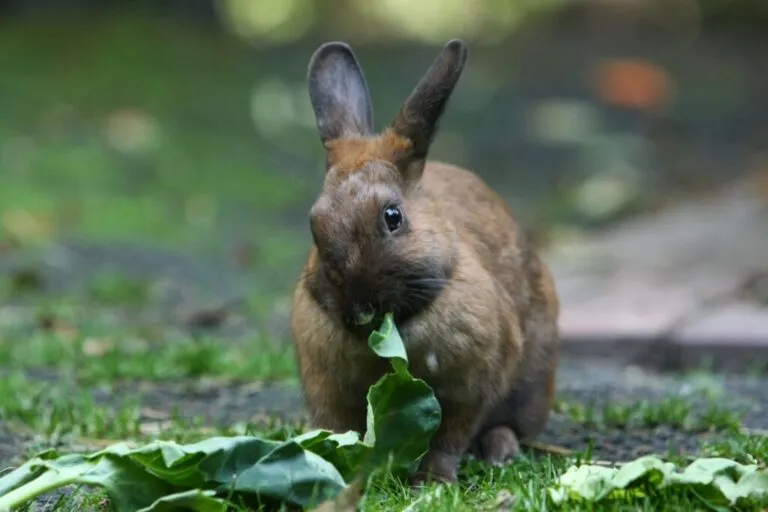Before opting for Thuringian rabbits, bear in mind a few key points. Like all rabbits, Thuringians should not be kept on their own. At the very least, companion pairs are necessary to prevent these sociable creatures from feeling lonely.
Keeping Rabbits in Outdoor Enclosures
Thuringian rabbits require ample space. An outdoor living space with generous enclosures featuring various levels, play areas, and plenty of variety is ideal.
They love being outdoors, but need protection adapted to the weather. A sturdy roof fends off intense sunlight and precipitation, while a cosy burrow becomes a retreat during colder spells.
Be warned: Enclosure sides should be buried into the ground, as rabbits are burrowing champions and might otherwise earn themselves a quick escape.
Keeping Thuringian Rabbits Indoors
Don’t have a garden? No worries, you can keep the rabbits inside as well. However, a small cage will only make them miserable in the long run. Think about allocating an entire room to them, if possible.
Many rabbit enthusiasts have found success in leaving the hutch door open during the day. This allows the Thuringians to hop and play throughout the whole flat.
With some training, these clever creatures learn that carpets aren’t toilets and will happily return to their enclosure for rest and sleep. This method of keeping assumes that your home environment is rabbit-proof and free from hazards.
Cleaning Thuringian Rabbit Enclosures
Whether it’s inside or outside, keep their home clean. A rabbit’s perhaps greatest enemies are bacteria that thrive in soiled bedding. Regularly clean food and water dishes as well.
